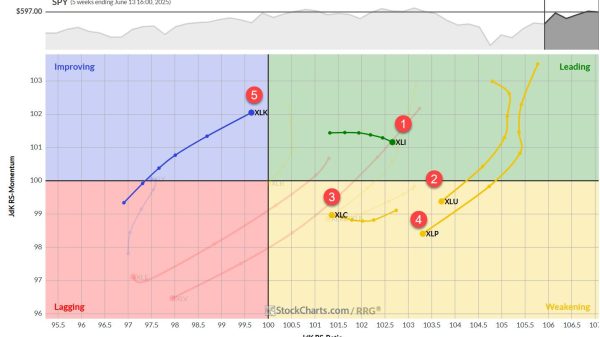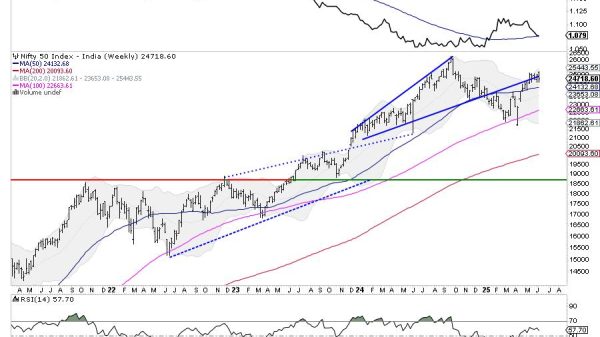Forex Hedge: How to Hedge Currency Risk
Trading Forex pairs could be risky as much as trading other financial instruments. Risk management is therefore mandatory for every Forex trader. Market volatility can lead to sudden price changes, which does not allow any certainty on the trader’s part. That said, various methods can still help reduce the risk as much as possible. Among them is the Forex hedge technique.Let’s see the main principles of Forex hedging.
What is a Forex hedge?
A hedging strategy consists of hedging against the risk of loss. On the Forex market, the risk of loss is generated by unfavourable variations in exchange rates.
In this market, the investor can take two opposite positions on a currency pair of an identical amount. The investor can transfer the risk linked to his initial investment through this operation. Whether the market is rising or falling, a Forex hedging strategy allows you to limit the risk but also opt for a winning strategy.
The main objective of implementing a hedging strategy is to protect against price fluctuations. For this, the investor takes two opposite positions of the same amount at the same price at the same time. In this case, whatever the evolution of the course, the investor does not lose money. Its risk is nil, but its potential gain is real.
Knowing how to read the market turning points is essential to take advantage of this technique. However, this strategy is not allowed by all Forex brokers.
Which brokers allow Forex hedge?
Hedging on Forex is illegal in the US. But not every form of hedging is outlawed. Actually, the focus is on multiple currency pairs positions. As such, the CFTC has established trading restrictions for Forex traders.
However, many global brokers allow forex hedging, including the top UK forex brokers and even many of the top Australian forex brokers.
The basic principles of Forex hedge
The hedging technique is, without doubt, the most widely used in Forex risk hedging. This is a simple method to assimilate and practice, which consists, in fact, of taking two opposing positions. The trader takes a sell position and a buy position of the same amount and on a single currency pair. This is to stabilize the account and achieve zero risk.
If the first position is not the right one, the second position – opposite to it – will make it possible to compensate for the losses. The course can only take one of these directions. Thus, this method is primarily aimed at full coverage of the risk of loss. However, to avoid a zero result, it is necessary to provide for losses that are lower than the potential gains.
Hedging also makes it possible to take advantage of corrective movements. This offers profit opportunities.
Understanding Forex hedging
Knowing how hedging works is particularly useful in order to be able to protect yourself and better manage risks during forex trading sessions. Foreign exchange hedging involves speculating on highly related products, such as EUR/USD and USD/CHF.
If we observe these two assets, we can easily see that if one sees its price in a bullish movement, the other will be in a bearish movement. If, for example, we take a buy trade on the EUR/USD currency pair, we can hedge with the USD/CHF. In this way, if the market moves against our forecast, USD/CHF will reduce the loss suffered on EUR/USD.
However, we must keep in mind that we pay twice the spread when hedging since we are opening multiple positions in this case. Another fact to consider is that hedging will reduce our losses and profit in the event of a good estimate.
A Forex hedge position, zero risk
Thus, the first reason that pushes a trader to hedge is protecting his capital. A hedged position means, in effect, that the risk level is zero. Regardless of future price movements, you automatically protect your money when you hedge your position.
But how does it happen exactly? Given the market volatility, the trader does not know in advance whether his resistance to a position will break or not. In order to anticipate all the possibilities, he will then take an opposite position, on which he will place practically the same bet.
Thus, if, indeed, the resistance breaks at a certain level, the trader will recoup his losses with the opposite position. Moreover, if the resistance does not break and the price returns to its starting position, the trader can cut the second position and collect the profit made. But in this case, his first position will again be subject to market risks.
The second reason a trader will use hedging is the profit opportunity offered by corrective moves. In addition to capital protection, this method makes it possible to make profits by playing on the trend.
How to do it? Let’s imagine that the trader bets on the rise of a foreign currency pair and takes a buy position. After price trends, however, he spotted reversals and anticipated a corrective movement to a lower level. This scenario comes true, and he can pocket his profits in this position. His buy position will, however, continue his way, and if he achieves his goal, the trader collects his second profit.
The correction thus makes it possible to make an additional profit, and even if the other position is losing, it still makes it possible to compensate for the losses. Of course, to be able to come out on top, the trader must know how to detect the key points and the signals of a possible corrective movement. The main advantage of hedging is that, at least, we get away with a white operation.
Other Forex Hedging Techniques
If hedging remains the most used method of protection in Forex, many other strategies can also be exploited by traders. The latter may, in particular, lean towards portfolio diversification by choosing assets with opposite reactions. They can, for example, bet on the rise of the Dollar on a rather short expiry time and then associate this investment with an opening of a long position on gold.
The post Forex Hedge: How to Hedge Currency Risk appeared first on FinanceBrokerage.
























